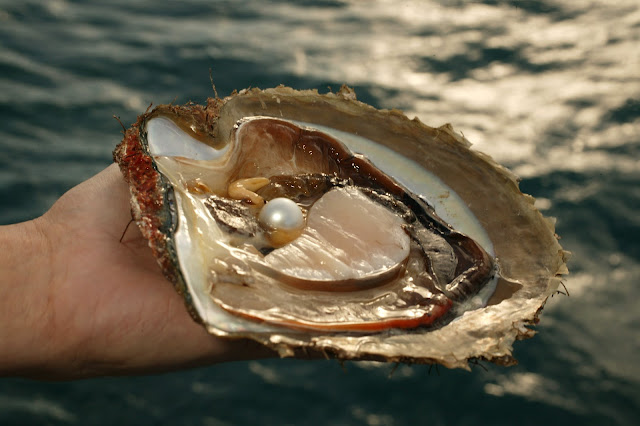Pearls are formed within certain mollusks, such as oysters and mussels, as a defensive response to irritants or foreign objects that enter their shells. When an irritant, like a piece of sand or a parasite, gets trapped inside the mollusk's soft tissue, the animal secretes layers of a substance called nacre (mother-of-pearl) around the irritant to protect itself. Over time, these layers of nacre build up, resulting in the formation of a pearl.
Pearls are not living organisms, so they do not continue to grow like living creatures do. Once a pearl has formed, its size remains relatively constant. However, cultured pearls, which are created with human intervention, can be stimulated to grow larger over time. In the process of pearl culturing, a small bead or piece of mantle tissue is inserted into the mollusk to serve as the initial irritant. The mollusk then continues to deposit layers of nacre around this irritant, leading to the formation of a cultured pearl.
The size of both natural and cultured pearls is limited by the size of the mollusk's mantle and the amount of nacre it can deposit. Pearls can vary significantly in size, with some being quite small and others growing to relatively large dimensions. The largest naturally occurring pearls can be quite valuable due to their rarity and unique characteristics.
It's essential to note that pearls require proper care and cleaning to maintain their luster and appearance. They are relatively soft compared to other gemstones and can be damaged or lose their shine if not handled carefully.


No comments:
Post a Comment